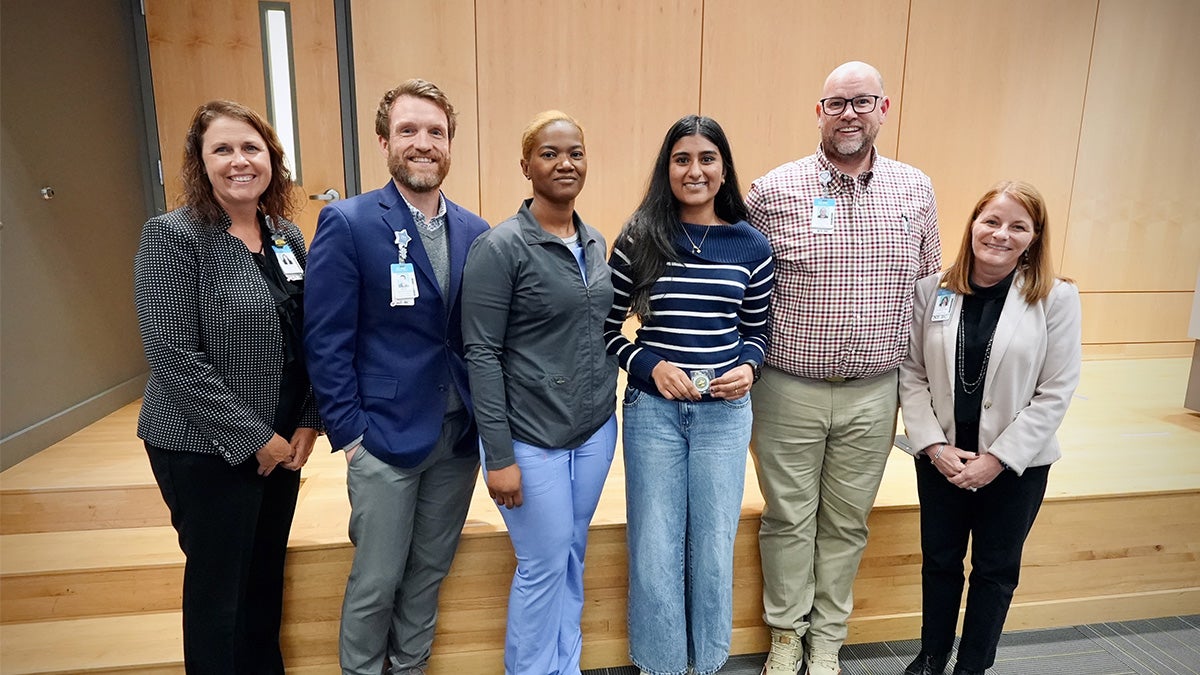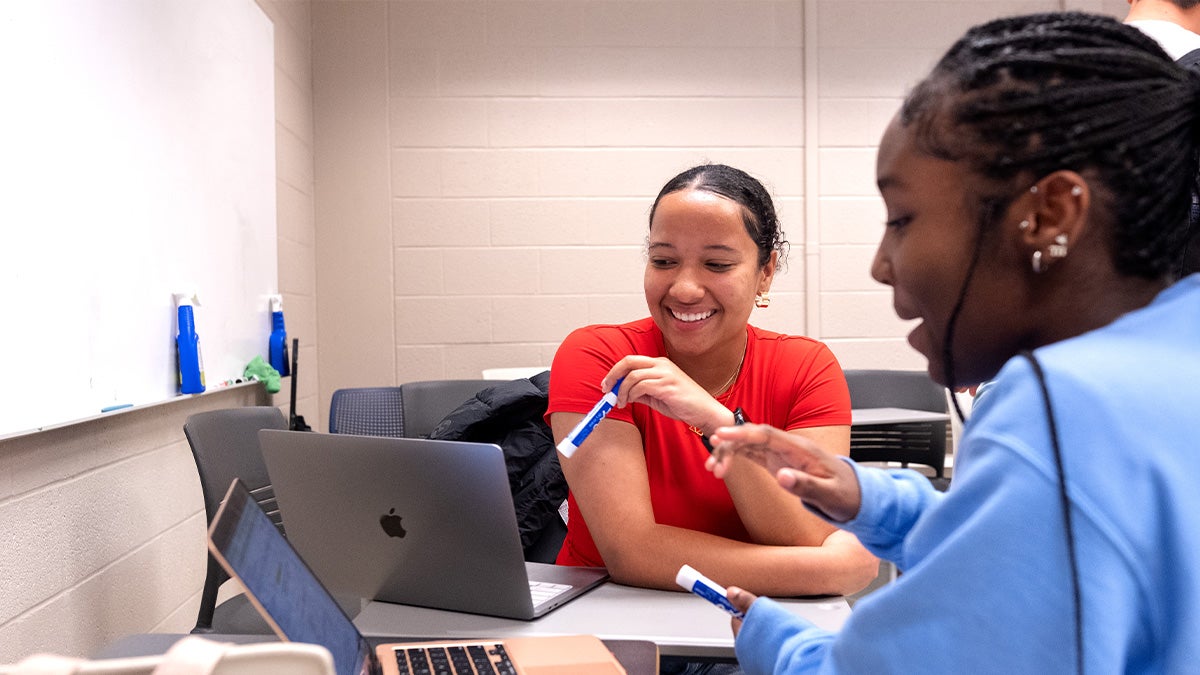Researchers target staph infections
Brian Conlon’s lab is looking at ways to help antibiotics fight deadly “persister” bacteria.

Inside the human body, many enemies hide. Brian Conlon hunts one of those lurking pathogens and is looking for better ways to kill them.
Persister bacteria, they’re called. Some cause deadly infections.
Even though an antibiotic wipes out the majority of bacteria causing an infection, a small percentage survives. Those persisters escape the antibiotics and stay dormant in our bodies, then live in a low-energy state before resurfacing to bring back infection, sometimes with deadly results.
Conlon, an associate professor of microbiology and immunology in the UNC School of Medicine, focuses on Staphylococcus aureus, which causes staph infections, and its tolerance or ability to withstand killing by antibiotics.
Bloodstream staph infections, also called MRSA infections, kill about one in five people in the United States. In some cases, despite lab tests that show antibiotics should be working, infection remains in the patient after prolonged treatment.
“Unlike antibiotic-resistant bacteria, persister bacteria don’t have any genetically encoded resistant mechanisms. They can’t grow in the drug’s presence. They should really be susceptible, but they manage to withstand the drug’s killing effect for long periods of time,” Conlon said.
Conlon is looking at potential antimicrobial therapeutics as the pharmaceutical industry slows its search for antibiotics. “If you look at diseases like cancer, the big developments for the last two decades have been immune therapies, immunomodulation, sometimes in combination with chemotherapy to eradicate the tumor,” he said. Applying somewhat similar logic to infectious diseases has great potential. “We could be looking at the immune system and how it works or doesn’t work in the context of antibiotic treatment,” he said.
After researchers understand how the immune system helps or hinders antibiotics, they can explore modulating the immune response to stop infection and improve antibiotic effectiveness. That could lead to personalized medicine to help patients respond better to antibiotics. Altering the immune response is already a staple treatment in infectious disease. For example, clinicians have successfully treated severe COVID-19 cases by dampening immune responses with drugs like dexamethasone.
“You don’t necessarily have to take a sledgehammer to the immune system, but there are opportunities to modulate, make our antibiotics more effective and get better outcomes,” Conlon said.
The Conlon lab is also researching how the immune system affects how well antibiotics work and how to improve treatment strategies. “Your immune system is working fine, but it hasn’t evolved to know that we’re using these powerful antibiotics. There are many ways that our antibiotics don’t work very well with an active immune system,” Conlon said.
The researchers examine bacterial samples from patients and look at how bacteria behave in test tubes, in mouse models and in tissue cultures from humans and mice. Besides MRSA, the team is researching staph in lungs of cystic fibrosis patients and in chronic wound infections.
The research has implications for the economy and health care if it leads to faster-acting, more effective treatments that could reduce hospital stays and medical costs. For example, MRSA bloodstream infection treatment frequently requires four weeks of IV antibiotics with a 20% failure rate. Improving efficacy could shorten treatment times.
Conlon said that other applications of his research findings could be applied to many bacterial infections beyond staph, including E. coli or Mycobacterium tuberculosis. For tuberculosis, better antibiotic performance could reduce the required six months of multidrug treatment that has severe side effects.
“There is a potential to use this approach to find ways of making it work better. I think for any bacterial species, any pathogen, this would have potential benefit,” he said.







